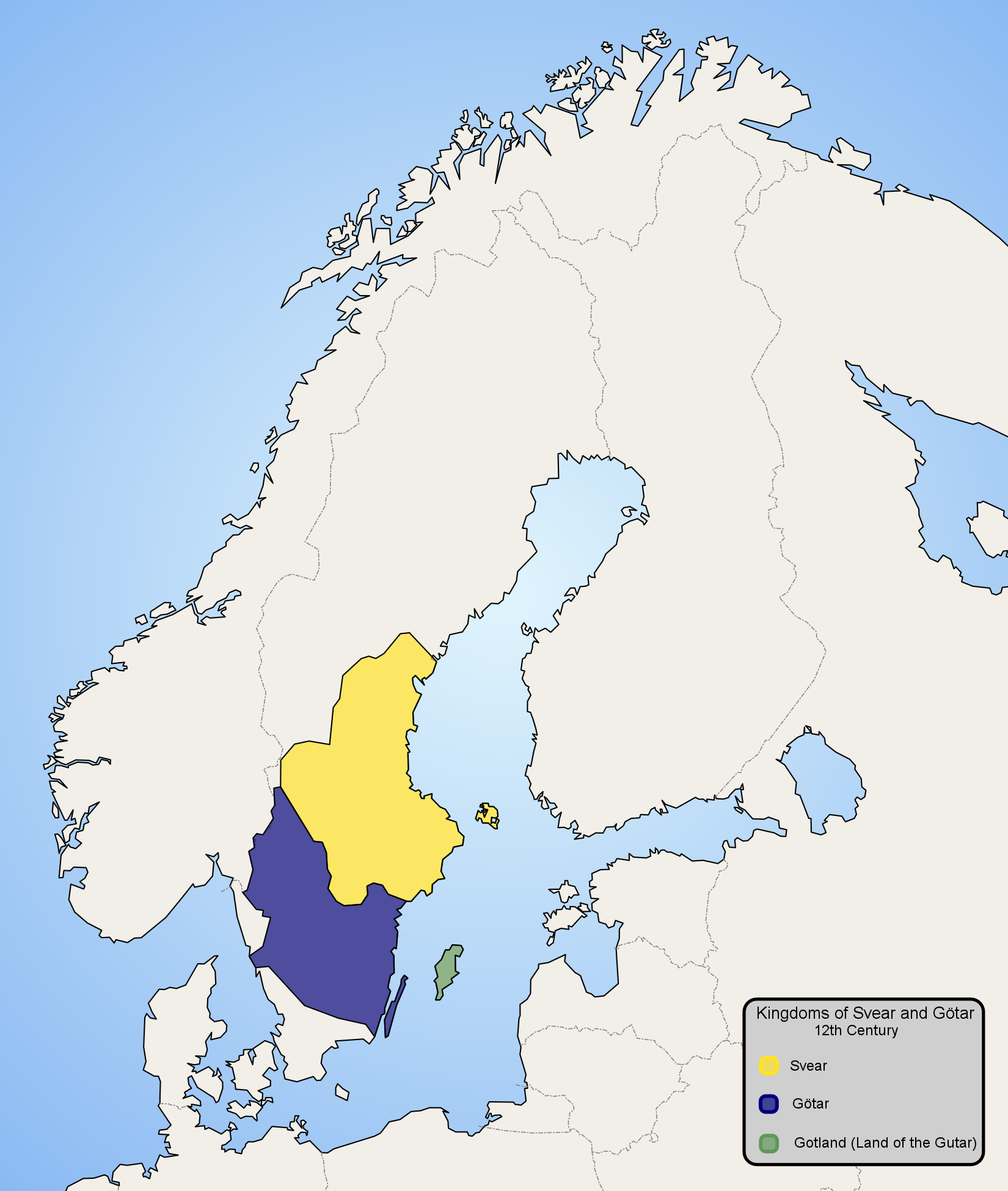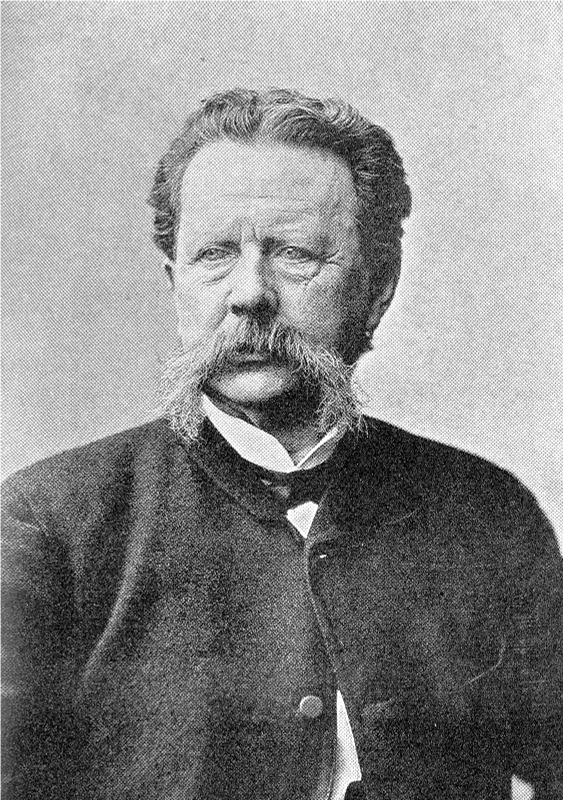|
West Sweden
West Sweden ( or ) is a national area () of Sweden. The national areas are a part of the NUTS statistical regions of Sweden. Geography It is located in the south-west of the country, centered on Västra Götaland County and the city of Gothenburg. After Stockholm it is the second most populated region. It borders with Norway and the of North Middle Sweden, East Middle Sweden, Småland and the islands and South Sweden. The most populous cities are Gothenburg, Borås, Halmstad, Vänersborg, Uddevalla, Trollhättan, Mölndal, Skövde, Varberg, Kungsbacka and Lidköping. Subdivision West Sweden includes 2 counties: * Halland (seat: Halmstad) * Västra Götaland (seat: Gothenburg) Economy The Gross domestic product (GDP) of the region was 101 billion € in 2021, accounting for almost fifth of Swedish economic output. GDP per capita adjusted for purchasing power was 36,000 € or 119% of the EU27 average in the same year. The GDP per employee was 109% of the EU average. Se ... [...More Info...] [...Related Items...] OR: [Wikipedia] [Google] [Baidu] |
National Areas Of Sweden
In the NUTS (Nomenclature of Territorial Units for Statistics) codes of Sweden (SE), the three levels are: NUTS codes SE SWEDEN (SVERIGE) :SE1 EAST SWEDEN (ÖSTRA SVERIGE) ::SE11 Stockholm (National Area), Stockholm (Stockholm) :::SE110 Stockholm County (Stockholms län) ::SE12 East Middle Sweden (Östra Mellansverige) :::SE121 Uppsala County (Uppsala län) :::SE122 Södermanland County (Södermanlands län) :::SE123 Östergötland County (Östergötlands län) :::SE124 Örebro County (Örebro län) :::SE125 Västmanland County (Västmanlands län) :SE2 SOUTH SWEDEN (SÖDRA SVERIGE) ::SE21 Småland and the islands (Småland med öarna) :::SE211 Jönköping County (Jönköpings län) :::SE212 Kronoberg County (Kronobergs län) :::SE213 Kalmar County (Kalmar län) :::SE214 Gotland County (Gotlands län) ::SE22 South Sweden (Sydsverige) :::SE221 Blekinge County (Blekinge län) :::SE224 Skåne County (Skåne län) ::SE23 West Sweden (Västsverige) :::SE231 Halland County (Hallands ... [...More Info...] [...Related Items...] OR: [Wikipedia] [Google] [Baidu] |
Trollhättan
Trollhättan () is the 23rd-largest city in Sweden, the seat of Trollhättan Municipality, Västra Götaland County. It is situated by Göta älv, near the lake Vänern, and has a population of approximately 50,000 in the city proper. It is located 75 km (46 mi) north of Sweden's second-largest city, Gothenburg. History Trollhättan was granted city rights (which today have no legal effect) in 1916 at which time it had about 15,000 inhabitants, now grown to 59,058. Trollhättan was founded on the river Göta älv, at the Trollhättan Falls. The site was first mentioned in literature from 1413. Trollhättan had a strategic significance on the road between Västergötland and Norway. It was also of a commercial and political significance for shipping to and from Vänern. Utilization of the river falls was the first important business activity in the area. From the Middle Ages milling and sawing operations have been conducted where the city center is now located. Fo ... [...More Info...] [...Related Items...] OR: [Wikipedia] [Google] [Baidu] |
Local Administrative Unit
Nomenclature of Territorial Units for Statistics or NUTS () is a geocode standardization, standard for referencing the administrative divisions of country, countries for statistical purposes. The standard, adopted in 2003, is developed and regulated by the European Union, and thus only covers the member state of the European Union, EU member states in detail. The Nomenclature of Territorial Units for Statistics is instrumental in the European Union's Structural Funds and Cohesion Fund delivery mechanisms and for locating the area where goods and services subject to European Government procurement in the European Union, public procurement legislation are to be delivered. For each EU member country, a hierarchy of three NUTS levels is established by Eurostat in agreement with each member state; the subdivisions in some levels do not necessarily correspond to administrative divisions within the country. A NUTS code begins with a two-letter code referencing the country, as abbrevia ... [...More Info...] [...Related Items...] OR: [Wikipedia] [Google] [Baidu] |
NUTS Of Sweden
In the NUTS (Nomenclature of Territorial Units for Statistics) codes of Sweden (SE), the three levels are: NUTS codes SE SWEDEN (SVERIGE) :SE1 EAST SWEDEN (ÖSTRA SVERIGE) ::SE11 Stockholm (Stockholm) :::SE110 Stockholm County (Stockholms län) ::SE12 East Middle Sweden (Östra Mellansverige) :::SE121 Uppsala County (Uppsala län) :::SE122 Södermanland County (Södermanlands län) :::SE123 Östergötland County (Östergötlands län) :::SE124 Örebro County (Örebro län) :::SE125 Västmanland County (Västmanlands län) :SE2 SOUTH SWEDEN (SÖDRA SVERIGE) ::SE21 Småland and the islands (Småland med öarna) :::SE211 Jönköping County (Jönköpings län) :::SE212 Kronoberg County (Kronobergs län) :::SE213 Kalmar County (Kalmar län) :::SE214 Gotland County (Gotlands län) ::SE22 South Sweden (Sydsverige) :::SE221 Blekinge County (Blekinge län) :::SE224 Skåne County (Skåne län) ::SE23 West Sweden (Västsverige) :::SE231 Halland County (Hallands län) :::SE232 Västra G ... [...More Info...] [...Related Items...] OR: [Wikipedia] [Google] [Baidu] |
Götaland
Götaland (; also '' Gothia'', ''Gothland'', ''Gothenland'' or ''Gautland'') is one of three lands of Sweden and comprises ten provinces. Geographically it is located in the south of Sweden, bounded to the north by Svealand, with the deep woods of Tiveden, Tylöskog and Kolmården marking the border. Götaland once consisted of petty kingdoms, and their inhabitants were called ''Gautar'' in Old Norse. However, the term mainly referred to the population of modern Västergötland. It is agreed that these were the same as the ''Geats'', the people of the hero Beowulf in England's national epic, ''Beowulf''. The modern state of Sweden started forming when some provinces of Götaland gradually became more and more politically intertwined with those of Svealand. This process can be traced back to at least the 10th century, and would continue for several hundred years. Other parts of modern Götaland were at that time either Danish or Norwegian. The province of Småland, with ... [...More Info...] [...Related Items...] OR: [Wikipedia] [Google] [Baidu] |
Metropolitan Gothenburg
Sweden has three metropolitan areas consisting of the areas surrounding the three largest cities, Stockholm, Gothenburg, and Malmö. The statistics have been retrieved from Statistics Sweden and the statistics released on 10 November 2014. The official land areas for each municipality have also been retrieved from Statistics Sweden, the agency that defines these areas. Population centers , Sweden had 2 metropolitan areas with a population of over 1,000,000 people each. The following table shows the populations of the top ten metropolitan areas. Metropolitan Stockholm Metropolitan Stockholm (also known as Greater Stockholm or, in Swedish, ''Storstockholm''), is a metropolitan area surrounding the Swedish capital of Stockholm. Since 2005, Metropolitan Stockholm is defined by official Swedish Statistics as all of Stockholm County. It is the largest of the three metropolitan areas in Sweden. Metropolitan Stockholm is divided into 5 areas: Stockholm City Centre, Söderort, Vä ... [...More Info...] [...Related Items...] OR: [Wikipedia] [Google] [Baidu] |
Halland County
Halland County (, ) is a county ('' län'') on the western coast of Sweden. It corresponds roughly to the cultural and historical province of Halland. The capital is Halmstad. Prince Julian, the son of Prince Carl Philip, is Duke of Halland. It borders the counties of Västra Götaland, Jönköping, Kronoberg, Scania and the sea of the Kattegat. Heraldry The County of Halland inherited its coat of arms from the province of Halland. When it is shown with a royal crown it represents the County Administrative Board. Province Counties mainly serve administrative purposes in Sweden. The culture and history of the area is to be found in its provincial counterpart Halland. The county was designed with virtually the same boundaries as the province. The major exception is a part of Hylte Municipality, which belongs to the province of Småland. Geography * Genevadsån river Administration The main aim of the County Administrative Board is to fulfil the goals set in national po ... [...More Info...] [...Related Items...] OR: [Wikipedia] [Google] [Baidu] |
Counties Of Sweden
The counties of Sweden () are the first-level administrative subdivisions of Sweden. There are twenty-one counties; however, the number of counties has varied over time, due to territorial changes and to divisions or mergers of existing counties. They are ''not'' regarded as geographical areas by Swedes as they are not connected to dialects or identity, which is a role fulfilled by the historical provinces of Sweden (). This level of administrative unit was first established in the Instrument of Government (1634), 1634 Instrument of Government on Lord High Chancellor of Sweden, Lord Chancellor Count Axel Oxenstierna's initiative, and superseded the landskap, in order to introduce a more efficient administration of the realm. At that time, they were what the translation of ''län'' into English literally means: fiefdoms. The county borders often follow the provincial borders, but Monarchy of Sweden, the Crown often chose to make slight relocations to suit its purposes. In ever ... [...More Info...] [...Related Items...] OR: [Wikipedia] [Google] [Baidu] |
Lidköping
Lidköping () is a locality and the seat of Lidköping Municipality in Västra Götaland County, Sweden. It had about 40,000 inhabitants in 2021. It is situated on the southern shore of Lake Vänern and sometimes refers to itself as "Lidköping vid Vänern", to distinguish itself from Linköping near Sweden's east coast. Attempts have been made to change the official name to "Lidköping vid Vänern" but these attempts have not been successful. Geography The town of Lidköping is divided by the Lidan River, flowing through the central city. The eastern side of it is called the old town, and the western side is known as the new town. File:Lidan river in Lidköping in the evening.jpg, Lidan river in Lidköping in the evening File:Mina ship on Lidan, Lidköping.jpg, :Mina ship (1876) on Lidan, Lidköping The municipality of Lidköping is, together with its eastern neighbor Götene, located on the Läckö-Kinnekulle peninsula. In association with several large local compan ... [...More Info...] [...Related Items...] OR: [Wikipedia] [Google] [Baidu] |
Kungsbacka
Kungsbacka () is a urban areas of Sweden, locality and the seat of Kungsbacka Municipality in Halland County, Sweden, with 19,057 inhabitants in 2010. It is a part of Greater Gothenburg Metropolitan Area. It is one of the most affluent parts of Sweden, in part due to its simultaneous proximity to the countryside and the large city of Gothenburg. Its mayor since 2020 is Lisa Andersson. History The first records referring to Kungsbacka as a town date from the 15th century, when it was part of Denmark. By the time it was recognised as part of Sweden (1658), the river running through the town, on which some transportation of goods took place, was almost completely overgrown and despite pleas to restore its function, this did not occur. Some trade still took place from the coast, but the town's significance as a place of naval commerce declined over the centuries. Today, it is home to over 2,000 enterprises, and the river still runs through it. A devastating fire in 1846 destroyed the ... [...More Info...] [...Related Items...] OR: [Wikipedia] [Google] [Baidu] |


